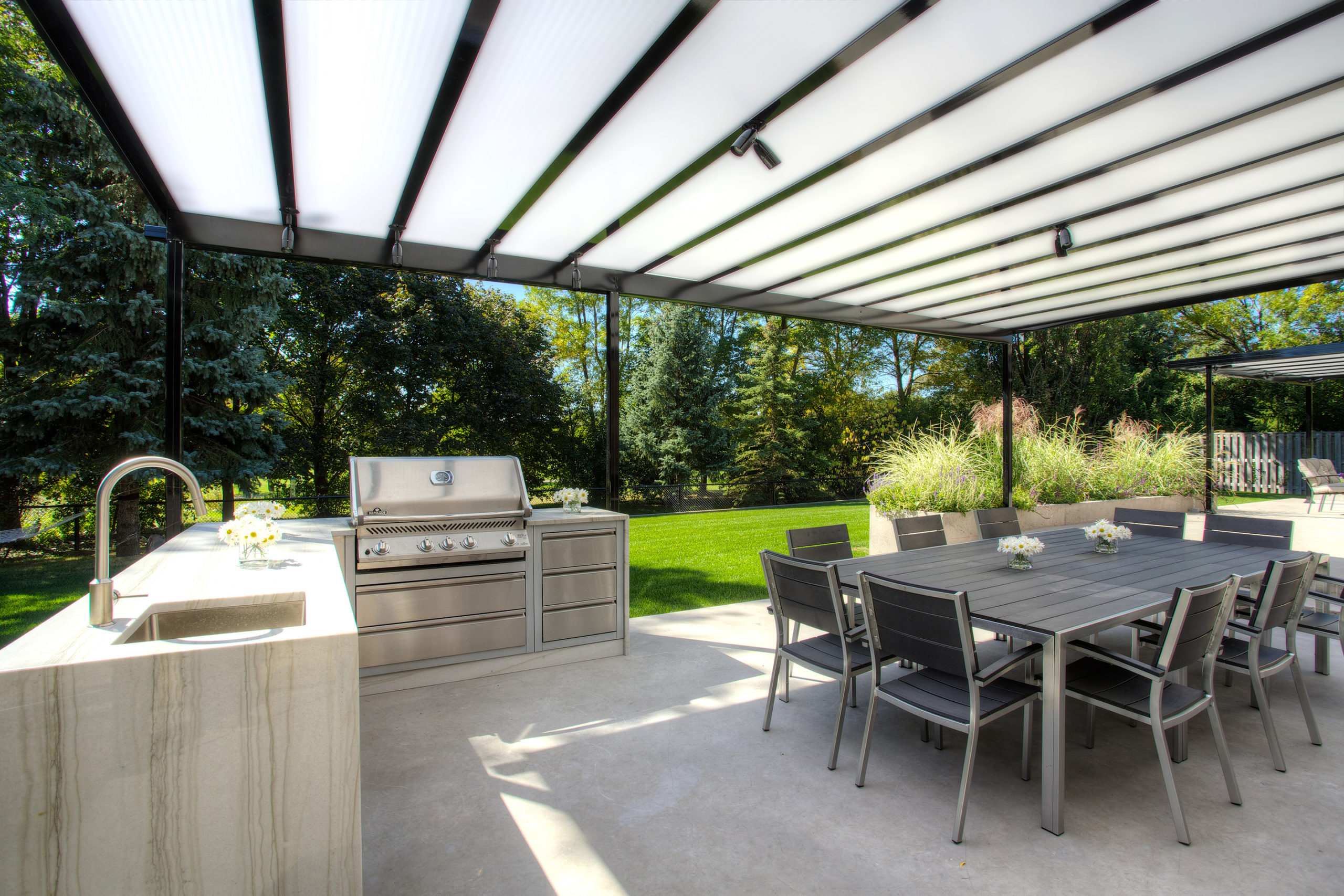Services

Home Hardening
Preventative Measures KJM can help you accomplish

Vents
Vents on homes create openings for flying embers.
Install Ember and flame resistant vents (WUI vents).

Eaves and Soffits
Eaves should be boxed in (soffited-eave design) and protected with ignition-resistant* or non-combustible materials.

Windows
Heat from a wildfire can cause windows to break even before the home is on fire.
This allows burning embers to enter and start fires inside. Single-paned and large windows are particularly vulnerable.
Install dual-paned windows with one pane of tempered glass to reduce the chance of breakage in a fire.
Consider limiting the size and number of windows that face large areas of vegetation.
Install screens in all usable windows to increase ember resistance and decrease radiant heat exposure

Walls
Wood products, such as boards, panels or shingles, are common siding materials. However, they are flammable and not good choices for fire-prone areas.
Build or remodel your walls with ignition resistant* building materials, such as stucco, fiber cement wall siding, fire retardant, treated wood, or other approved materials.
This is especially important when neighboring homes are within 30-feet of the home.
Be sure to extend materials from the foundation to the roof.
Smaller spaces, such as the roof-to-wall area, should have their siding relaced with a noncombustible material.

Decks
Surfaces within 10 feet of the building should be built with ignition-resistant*, non-combustible, or other approved materials.
Create an ember-resistant zone around and under all decks and make sure that all combustible items are removed from underneath your deck.
If a deck overhangs a slope, create and maintain defensible space downslope from the deck to reduce the chances of flames reaching the underside of the deck.

Patio Cover
Use the same ignition-resistant* materials for patio coverings as a roof or deck.

